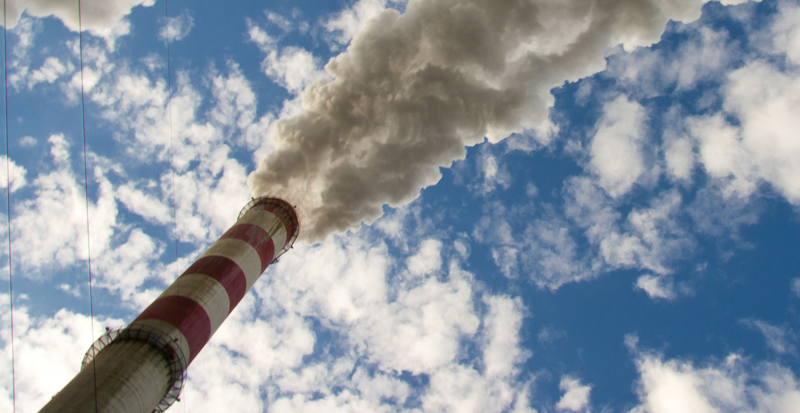Times are changing for the energy industry. The advent of biomass over the past decade – while not completely commonplace or even a major contributor – has helped to threaten the traditional power producers, as have other alternative forms of energy.
Plus, the Obama Administration’s focus on limiting and reducing carbon emissions has changed the game in a dynamic way for power producers.
It has become important to pay attention to the game-changing policies that are being put into place to alter the industry. For power producers, that means understanding the Clean Power Plan (CPP).
Here’s how the CPP could impact all producers – especially biomass producers – in the near future.
Context of the CPP
The Clean Power Plan was proposed in June 2014 by the EPA. The goal is to cut carbon pollution from carbon plants across the U.S. Ostensibly, the CPP places the nation’s first limits on carbon emissions, with the goal of reducing carbon pollution by 25 percent by 2030.
The CPP is attempting to accomplish this goal by creating overarching carbon reduction requirements for the states, which will individually have to figure out how to best achieve and implement them. Some states have already begun preparing for compliance; other states, chiefly coal states, have been gearing up for court challenges. And some power plant operators have already started reducing carbon emissions.
How the CPP Could Influence Biomass
The clear target for the CPP is the coal industry. Coal is widely viewed as the most culpable polluter in the nation’s family of energy sources, which is why much of the opposition to the CPP has come from coal-powered states.
One chief beneficiary from the CPP is natural gas, and already, over the past half-decade, a substantial amount of coal production has gone toward natural gas.
But another beneficiary could be biomass. Biomass production has ramped up over the past decade and is on track to gain even more. States across the country are creating incentive programs and lobbying for pro-biomass legislation in Congress. And, with the CPP, less coal production could inevitably lead to more biomass production as a replacement.
That is, if biomass is ruled as being carbon neutral. This will be determined by the EPA’s Science Advisory Board, specifically its Biogenic Carbon Emissions Panel. The board has yet to rule on biomass, but some states – namely Oregon – have preempted the board by declaring biomass to be carbon neutral. Still, there is opposition, such as that from the White House Office of Management and Budget that recently objected to language in an appropriations bill that stated biomass was carbon neutral.
The implications are clear: biomass is poised to become a bigger player in the nation’s energy industry as a carbon-neutral alternative to coal if (or when) the EPA gives a favorable ruling for biomass producers.
And that, combined with the context of the CPP, could spell more momentum for the growing industry.


